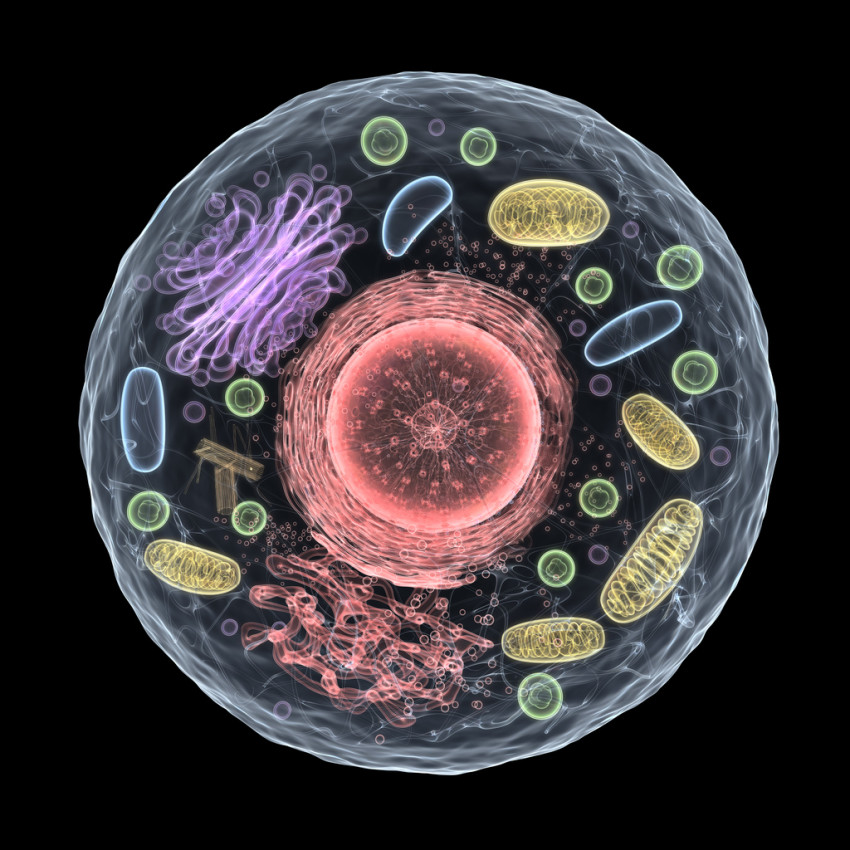A 2022 study suggesting that blocking a single molecule could protect against severe illness in COVID-19 has led to a $15 million federal grant supporting a comprehensive effort to learn more – with finding a solution to long COVID at the center of the new research. Since that study's publication, scientists at The Ohio State University have been exploring how the SARS-CoV-2 virus that causes COVID-19 prompts this human molecule's destructive activity, and outlined the series of steps needed to fully describe what's going on – as well as potential strategies to stop the damage. The grant from the National Institutes of Health (NIH) will fund their five-year pursuit of definitive answers and development of new ways to treat acute SARS-CoV-2 infections and, ideally, fend off long COVID.
The award is the largest of its kind funding infectious diseases research at Ohio State. The 2022 published research showed in mice infected with SARS-CoV-2 that blocking this molecule, an enzyme called caspase 11, resulted in lower inflammation and tissue injury and fewer blood clots in the animals' lungs. The researchers also found that the human version of the enzyme, called caspase 4, was highly expressed in COVID-19 patients hospitalized in the ICU – confirming the molecule's link to severe disease.
The new work funded by the NIH will extend the investigation beyond the lungs based on predictions that in response to the viral infection, caspase 11 has compounding effects in multiple c.


















